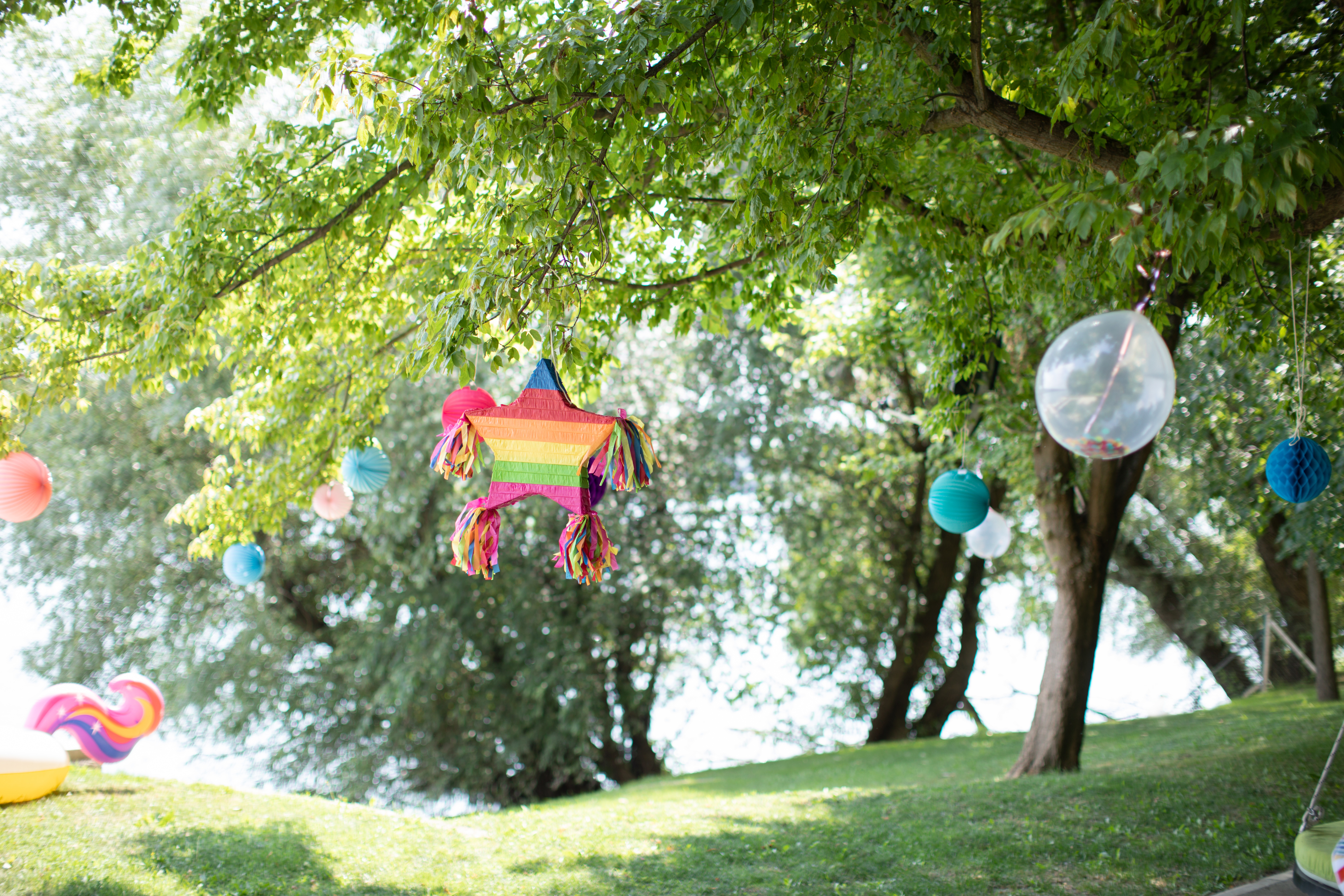The boxes are labeled "body parts," ''heads" and "Dexter killing devices&face shields." Others are filled with plastic wrap, duct tape, knives, syringes — everything your friendly neighborhood serial killer might need to do away with bad guys.
On TV, many of these things might be found hidden in Dexter Morgan's apartment, or in the case of the body parts and heads, wrapped in plastic trash bags strewn at the bottom of the Atlantic.
VIEW THE PHOTOS: Stars Of Fall's Newest TV Shows
In reality, though, all this stuff — along with medical equipment, official-looking paperwork from the Miami Police Department and a creepy life-sized baby that stands in for Dexter's infant son — lives inside a 48-foot trailer at a Hollywood studio where the hit Showtime series "Dexter" is filmed.
Now in its fifth season, "Dexter" follows its namesake character as he carefully balances his public life as a dad, brother and police forensic specialist with his private life as a serial killer of serial killers. The Emmy-nominated series stars Emmy-nominated actor Michael C. Hall, who has won a Golden Globe and Screen Actors Guild award for his portrayal of the enigmatic protagonist.
VIEW THE PHOTOS: Primetime Hunks
"He's definitely taken a unique responsibility for a shadow side that's more formidable than your average, run of the mill shadow," Hall says from his trailer between takes.
U.S. & World
The height of the show, for fans and for Dexter, are the scenes where he's captured his victim and about to deliver his justice. He's the hero, the central character viewers are rooting for, and yet he's about to commit murder.
"Dexter is able to be most clearly himself in those scenes," says executive producer Sara Colleton. "He drops away all the masks he thinks he has to hold in place to move through society."
VIEW THE PHOTOS: 'Dancing With The Stars' Season 11 Highlights!
Dexter is absolutely methodical about his kills, adhering to a personal code to keep him from getting caught. He wears a uniform: Dark clothes, gloves, apron, face shield. He prepares his "kill room" in advance, completely wrapping the room and its contents in plastic. (As a forensic expert, he knows a thing or two about leaving evidence behind.) He injects his victims with M-99, or etorphine hydrochloride, an animal tranquilizer, and binds them to a plastic-covered table with plastic wrap. Photos of the killer's past victims line the room.
Dexter has a talk with the killer-turned-victim, slices the person's face with a scalpel to collect a small drop of blood as a souvenir, then plunges his knife deep into the person's chest — a move calculated through practice to deliver quick results. Later, we inevitably see Dexter out on his boat, the Slice of Life, dropping his victim's trash-bag-wrapped body parts into the sea.
VIEW THE PHOTOS: 'Bachelorette' Beauty Ali Fedotowsky
These iconic moments fill just a few minutes of show time, but dozens of people spend countless hours creating each kill-room scene.
It starts with production designer Jessica Kender, who dreams up the look of each room based on the requirements of the story and location.
"You read the scripts," she says. "They say a kill room is going to be here, and then you think, 'What can I do to make this thing look interesting underneath plastic?'"
It's up to set decorator Dave Koneff and his team to execute her vision. He says the average kill room takes about five hours to set up, "depending on how much furniture we have to wrap."
The official Dexter plastic wrap is 3.5 milliliter Husky Plastic Sheeting from Home Depot, Koneff says. He has rolls and rolls of the stuff, often buying out the store, as Dexter might.
In fact, Koneff's crew prepares the kill rooms as meticulously as Dexter would.
"Everything gets measured out before it's put up, same way Dexter does," Kender says. "They do the walls first, they do the floor next, just how he would do, then wrap the individual items."
Next comes property master Joshua Meltzer, whose on-set trailer houses all the show's props, including Dexter's kill bag and its collection of knives, his syringe in its neat little carrying case and the small wooden box that holds the collection of blood slides he keeps as souvenirs.
The 30-year prop veteran also keeps rubber and retractable versions of everything that "pokes, probes or stabs," he says, "because in real life, we can't stab the actors."
Meltzer is also in charge of blood, lots and lots of blood. After working on the show for five years, he's become Hollywood's go-to blood guy and has taken gigs on vampire shows between seasons of "Dexter." He likes a brand called My Blood, and keeps thin, thick, washable, paste and plastic peel-off versions on hand. Another favorite is the A&B blood, a clear liquid that becomes "blood" when activated with a second chemical. The blood on Dexter's slides is made from furniture dye.
He anticipates he'll go through 25 gallons of blood this season.
Photography and lighting come into play, too.
Dexter's kill scenes are often shot beginning to end with a hand-held camera, says Romeo Tirone, the show's director of photography who has also directed several episodes.
"It's the most intense thing we do," he says.
Kill rooms are typically illuminated with a single overhead light that Dexter hangs himself, spotlighting his victim.
"Sometimes, that's all I use is one light," Tirone says.
When Dexter is at work at the police department, on the other hand, "he's a lab geek, and we tend to light him to make him look more wholesome looking," Tirone says. "We top light him in the kill room to make him look a little meaner."
The set is especially serious on killing days, and because of their intensity, the kill scenes are typically shot at the end of the workday.
Hall says he feels a spontaneous freedom on the kill-room set. He moves around as Dexter would, looking over his victim, claiming the space.
"All the layers or veils or masks are gone and we're really sort of at the essence of who this person experiences himself to be — so there's a sense of excitement, enthusiasm," he says.
"In spite of the fact that there are characteristics that all the kill-room scenes share, each one has its own distinct character and flavor, and that sense of uniqueness is something that we discover as we shoot it."
And at the end of the day, there is catharsis, Hall says. He and the crew literally leave it all on the table.
"Some days it's easier than others to just walk away," he says. "I never, thankfully, go home and feel the need to wrap anybody up and kill them in my real life. Maybe I would if I didn't have this outlet."
Copyright 2010 by Associated Press. All rights reserved.This material may not be published, broadcast, rewritten or redistributed.
Related Content from AccessHollywood.com:
PLAY IT NOW: 2010 Creative Arts Emmy Awards: John Lithgow Talks 'Dexter'
PLAY IT NOW: Dish Of Salt On The 2010 Emmys Red Carpet: John Lithgow On His 'Creepy' 'Dexter' Guest Starring Role
More from Access: [ Dexter Showtime Michael C. Hall ]



